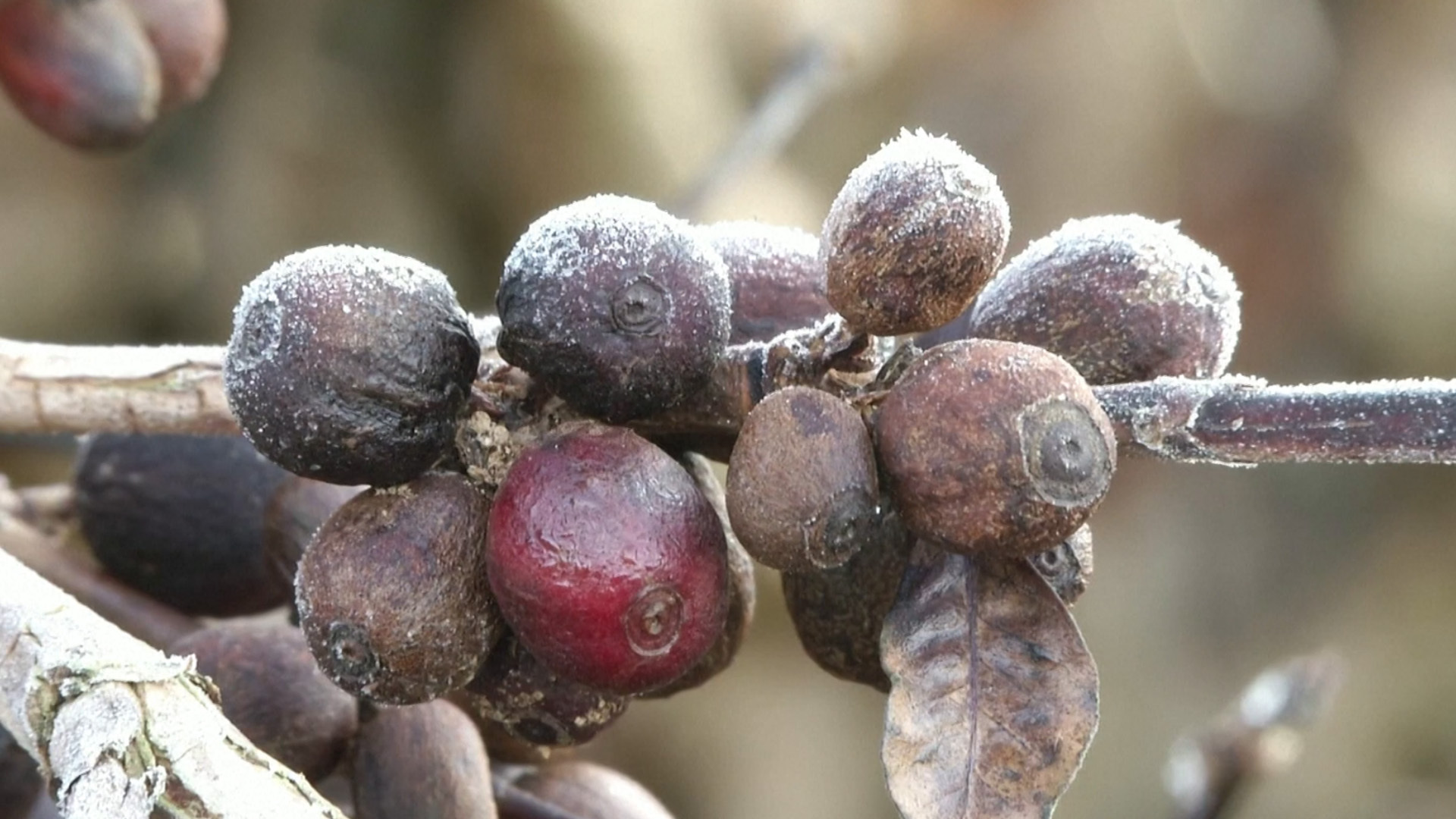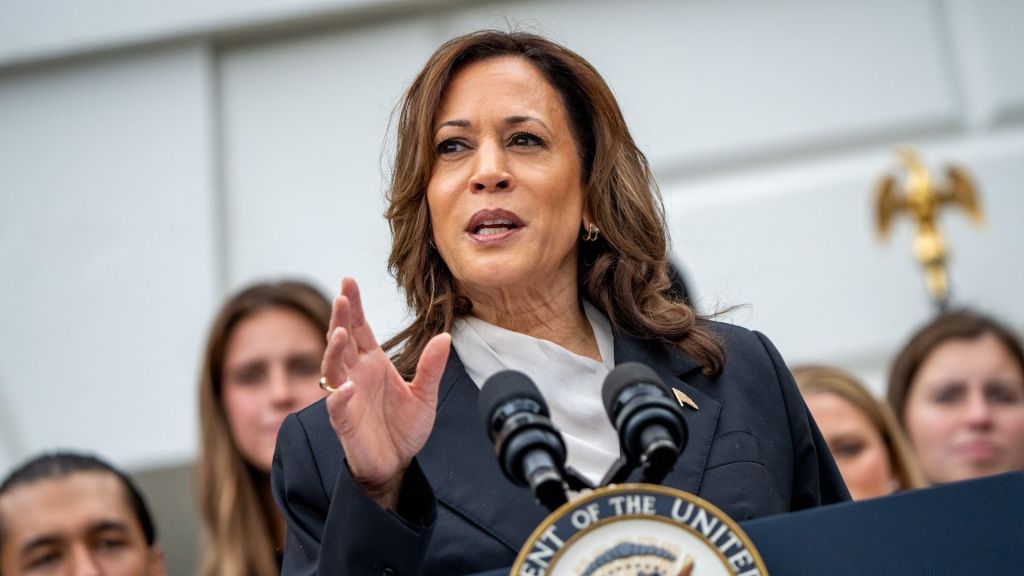
Simone Del Rosario: That cup of coffee is part of your morning routine, but at night, farmers are working overtime trying to keep your coffee safe from crime.
See, coffee prices are so high right now, thieves are targeting coffee farms in Uganda, a coffee farmers association is reportedly urging farmers to hire security guards and dogs and bring on bees. Yes, bees to keep the thieves away.
And there’s one type of coffee in particular that’s getting this unwanted attention.
Is it in your cabinet and will your coffee order get more expensive as a result? I’m joined by Steve waterage, Head of Research for Tropical Research Services.
Steve, you often work in African nations. Are you hearing about these theft problems and who’s getting targeted?
Steve Wateridge: I must say it’s the first I’ve heard of coffee being stolen from farmers, but you’re absolutely right. Robusta prices are as high as they’ve been since 1977 nearly at record highs. So, you know, there is an incentive, and I’m sure that, you know, farmers will do everything they can, not only to improve production, but also to make sure that the production they have gets sold by them and not by someone else.
Simone Del Rosario: What surprised me the most about what’s happening right now is specifically with instant coffee. You mentioned Robusta bean prices, and they’ve searched 65% this year. Where’s the demand for this? And is this exactly the way I’m thinking about it? Instant coffee, like you’ve got a packet and you put it in some hot water. Well,
Steve Wateridge: Basically, we’ve had a problem with coffee supply. For the last four years, the Brazil crop has massively underperformed. It started as a Arabica problem, the higher priced coffee. The Arabica crop suffered from drought and frost for two consecutive years in 2223 Arabica prices went to a huge premium over Robusta, and that led to a very significant demand shift we saw in 2023 we saw 10% increase in demand for robusta Coffee as people switched from higher priced Arabica to low price Robusta. Unfortunately, we’ve still had another two years of supply problems. We’ve had problems with Robusta crop in Uganda, in Vietnam, in Brazil, and we’ve still got problems in Brazil and Central America with the Arabica crop. So although we’re not, we’re not drawing stocks anymore. We’re certainly not building stocks. And there’s basically a shortage of coffee, and that’s why we’re seeing, you know, prices rise to such high levels. And at the moment, it’s Robusta. There will come a point, if Robusta continues to rally and Arabica doesn’t, people will shift back towards Arabica, but then we just shift the problem from Robusta to Arabica. What we need is actually more coffee being grown around the world to increase supply.
Simone Del Rosario: So the price difference with what was happening with Arabica was so significant that it did, in fact, switch consumer behavior.
Steve Wateridge: Exactly. There was a big shift in Brazil in the internal market, but also internationally. We saw more robust usage in North America, in Western Europe, and at the moment, Robusta is still slightly cheaper than Arabica, so there’s no incentive to shift back, as I say what basically, what happened is that we had an Arabica problem. Initially consumption shifted it into a Robusta problem, but the way we solve it is by keeping prices high enough for long enough to incentivize higher production
Simone Del Rosario: and with Robusta, I mean, this was an option that consumers turn to because it was the cheaper option. Now, with prices going up in the futures, at least so much, has that price been passed on to consumers already,
Steve Wateridge: The most recent price rises probably haven’t, and they will do eventually, and that’s a function of price. That’s what the market is telling us, that if we if we can’t increase supply because of continual weather issues, and this is one of the big problems we have in coffee. Historically, we’ve had weather problems, but they’ve resolved themselves very quickly. This time we’re. Actually facing the fifth consecutive poor Brazil crop in a row, which is unprecedented. You know, temperatures are higher in the last five years in Brazil than they were 10 years ago, and they were higher than they were 10 years before. There’s less rainfall in the coffee producing areas than in the last five years than you know, the previous 10 years, and that was lower than the previous 10 years before. So climate is changing in Brazil and in other places around the world, and that is basically making crop failures more frequent.
Simone Del Rosario: So will we continue to see these, you know, inflated prices when it comes to coffee, until we get a good weather year, or is there another way to get supply to reach the demands that’s needed?
Steve Wateridge: No, it’s basically that’s what we need. We, if we, you know, we need a good weather year to give a bumper crop to replenish stocks, then we can move prices down to more reasonable levels, near a cost of production where farmers make a living, but at the moment, they’re making fantastic margins, and we’re seeing a big expansion in production in Brazil, in area under production. The problem is that the output is not reaching its full potential because of these weather issues.
Simone Del Rosario: Last time we spoke, we were talking about high cocoa prices. You study cocoa and coffee. Now we’re dealing with high coffee prices as well. Is it the same thing plaguing these two different crops?
Steve Wateridge: Yeah, I cover cocoa and coffee and cocoa prices have even been, have been even crazier than coffee. In cocoa, it’s nothing to do with climate it’s actually long term structural issues that need to be resolved. But in coffee, you know, most people, whenever a crop fails, they always talk about climate change and the impact, and sometimes they over exaggerate, and I think that’s been the case in cocoa, but in coffee, there is definitely an issue. You know, we are potentially on the cusp of the fifth consecutive poor crop in Brazil, which is, as I say, unprecedented. And we’ve got the data to show that in the coffee producing regions in Minister ISS Brutus Santo, the climate has changed over the last 25 years, and it’s not changed for the better.
Simone Del Rosario: All right. Steve Wateridge, Head of Research for Tropical Research Services, thank you so much for coming on and sharing your expertise with us.
Steve Wateridge: Thank you.







